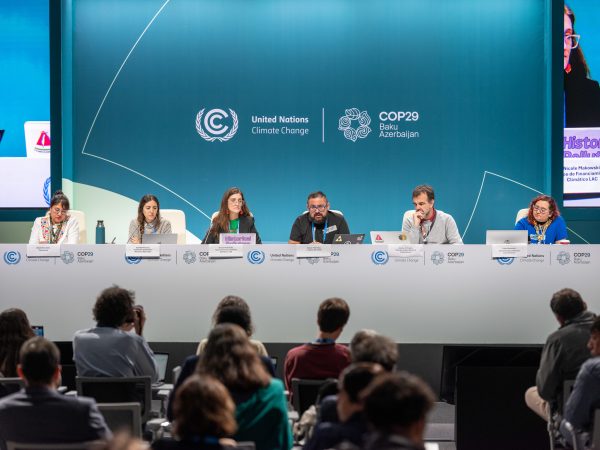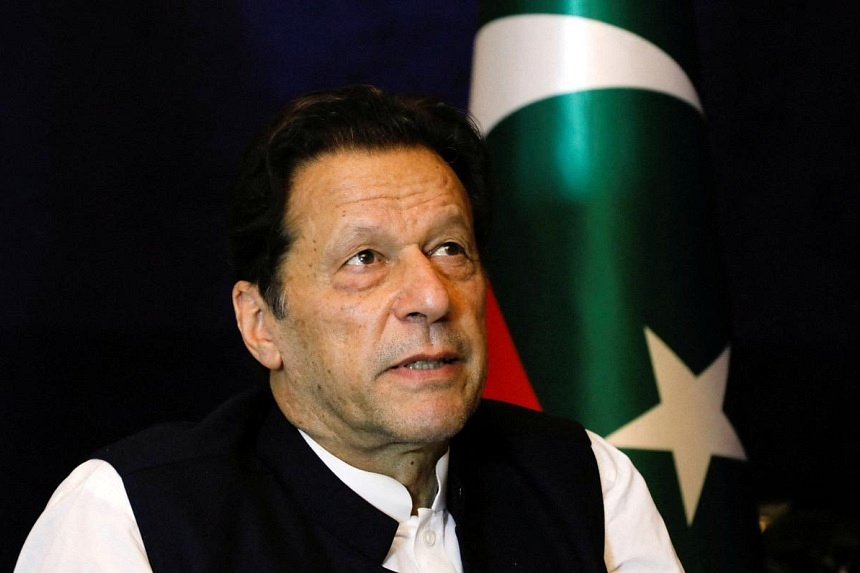Though Pakistan has been reeling from escalating militant violence since the Taliban’s return to power in Afghanistan in August 2021, recent months have been particularly violent in terms of the attacks’ multifaceted nature, lethality, and mass casualties.
In November, Pakistan suffered as many as 89 terrorist attacks, including five suicide bombings, which left 298 people dead. Of the 298 dead, 90 were security personnel. The fatality figures in October and September were 239 and 162, respectively. The mounting casualty figure in the security forces not only brings into sharp focus the growing operational strength of militant and insurgent networks but their offensive posture as well: They are taking the war to the Pakistani state.
Despite announcing the Azm-e-Istehkam counterterrorism strategy, Pakistan’s policy has failed to blunt terrorists’ offensive.
Three key trends observed in November will be critical in determining the future trajectories of Pakistan’s complex internal security landscape.
First, the re-emergence of Sunni-Shia violence in the restive Kurram tribal district where sectarian ideologies, tribal identities, and disputed land ownership have pitted Sunnis against Shias. Amid this chaos, the state has been indifferent or incapable of ending the violence. The recent spate of violence in Kurram began on November 22 after terrorists ambushed a convoy of three passenger vehicles carrying members of the Shia community from Parachinar to Peshawar. At least 42 people, including women and children, were killed and 20 others were wounded in the attack.
A similar attack last month on a passenger vehicle claimed 15 lives. In retaliation, on November 23, Shia militants, including the Iran-backed Zainabiyoun Brigade, targeted Sunni locations, including the Bagan bazaar, torching the entire market and nearby homes. Initial reports indicate that more than 300 shops and 100 houses have been burnt, which also left 40 people dead.
Alarmingly, the state was conspicuous by its absence and struggled to enforce its writ. Though a one-week ceasefire has been brokered by the Khyber Pakhtunkhwa government’s delegation, allowing both sides to exchange hostages and retrieve dead bodies, the fragile peace is unlikely to hold. In the coming months, the sectarian conflict in Kurram will provide more fuel to Shia militant networks like the Zainabiyoun Brigade to recruit and further entrench its presence in Pakistan.
Likewise, Islamic State of Khorasan Province (ISKP) social media channels have been abuzz with discussions about Shia violence in Kurram against the Sunni tribes. One key feature of ISKP’s social media discussion has been the terrorist group’s criticism of the Tehreek-e-Taliban Pakistan (TTP) for its decision to stay away from sectarian clashes. Opportunistically, ISKP has not portrayed itself as the defender of Sunni rights and interests, but it will try to exploit Kurram’s sectarian faultline to recruit, radicalize, fundraise, and fuel violence.
The second concerning trend is the Baloch separatists’ offensive posture as they are consistently ambushing the security forces’ convoys, check posts, and camps in multiple coordinated attacks. The Baloch Liberation Army’s Majeed Brigade has been coordinating with other organs of the group like the Fateh Squad and the Special Tactical Operation Squad in executing these attacks. The BLA’s so-called Operation Dara-e-Bolan and Operation Herof exemplify this, where these units worked in tandem to carry out large-scale attacks.
Alarmingly, the BLA not only inflicted heavy casualties on security forces, but it overwhelmed the state apparatus on several occasions, a trend not observed in the past. On November 9, the BLA’s suicide attack at the Quetta Railway Station targeted military personnel and killed 26 people and injured 50 others. The attack pointed to the group’s bolder strategy: It is ready to engage security forces in crowded places as well. While some analysts have framed the attack as revenge for the military operation in Balochistan, which the Federal Apex Committee of the National Action Plan approved on November 19, the BLA had engaged in bolder attacks even before the offensive was announced. In the near future, it will be important to observe if the BLA and other separatist groups manage to maintain the momentum of their offensive.
The third concerning trend is the mergers and alliances of jihadist groups to extend their geographical reach and show more lethality and resilience in their attacks. In November, two militant groups from Quetta and Karachi pledged allegiance to the TTP. So far, as many as 65 militant groups have joined the TTP from different parts of the country. In 2024, at least 17 jihadist groups have joined the TTP, including nine from Khyber Pakhtunkhwa, four from Balochistan, three from Sindh, and one from Punjab. It is important to mention that eight of the 17 groups that have joined the TTP are from outside of Khyber Pakhtunkhwa, which is the group’s stronghold. It brings into sharp focus the TTP’s strategy to grow beyond Khyber Pakhtunkhwa and spread the network of its militancy across Pakistan.
Likewise, the Hafiz Gul Bahadur Group, the TTP, and Lashkar-e-Islam have launched several joint attacks in 2024 against the security forces in different parts of Khyber Pakhtunkhwa. The ability of these groups to rise above their internecine disputes and ally for joint attacks point to their maturity as conflict actors and evolved strategic thinking, a lesson they have learned from the Taliban’s insurgency model.
Irrespective of the security policies and counterterrorism operations that the Pakistani government has announced, insurgent and militant networks are benefiting from the never-ending political tussles, which have not only eroded the credibility of the Pakistani politico-military elite but negatively affected governance as well. The governance vacuum created due to political engineering and in-fighting has allowed non-state violent actors to assert themselves forcefully. The multifaceted violence emanating from diverse conflict faultlines in Pakistan are here to stay and will not subside through kinetic means only.
A military response must be matched by better governance, development, honoring the unmet promises in the Newly Merged Districts and Balochistan, as well as addressing genuine grievances. Otherwise, Pakistan will achieve temporary respite from violence but not permanent peace.

 By The Diplomat | Created at 2024-11-26 14:17:02 | Updated at 2024-11-26 18:18:00
8 hours ago
By The Diplomat | Created at 2024-11-26 14:17:02 | Updated at 2024-11-26 18:18:00
8 hours ago








